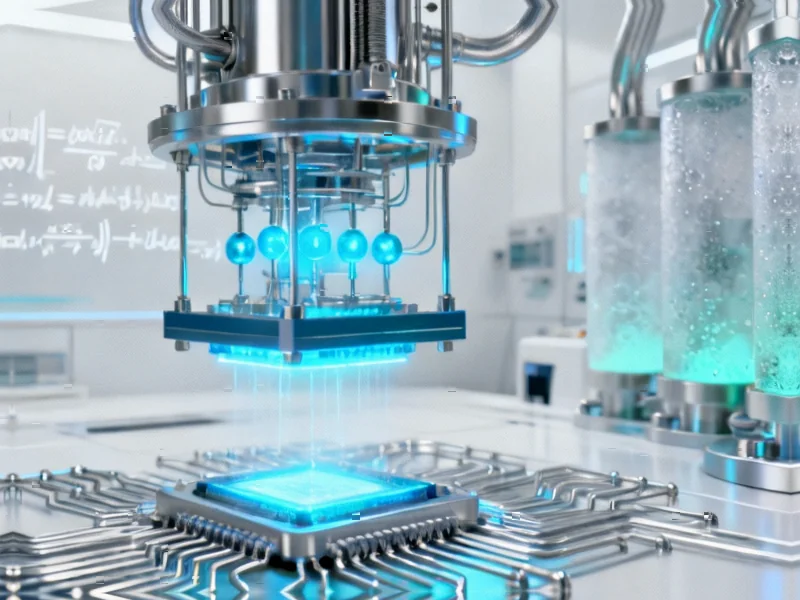According to Sifted, Europe’s AI industry is demonstrating significant potential beyond chatbots, with the recent Sifted AI 100 report highlighting startups applying machine learning to tackle real-world physical problems. The report, launched last week, identified 734 AI-native startups across Europe, with the top 100 having raised €4.4 billion from 716 investors, including six companies securing megarounds exceeding €100 million. Leading the list were CuspAI (€119.6M raised), focusing on materials discovery for climate change; PhysicsX (€153.6M raised), developing engineering simulation technology; and Neura Robotics (€185M raised), creating cognitive robots that work alongside humans. The UK, Germany, and France accounted for 76% of the featured startups, with London (33), Paris (15), Berlin (12), and Munich (6) emerging as the hottest clusters. This data reveals a fundamental shift in how Europe is positioning itself within the global AI landscape.
Europe’s Industrial Heritage as Competitive Moats
What makes Europe’s approach particularly compelling is how these startups are leveraging the continent’s existing industrial strengths as defensible competitive advantages. Unlike Silicon Valley’s software-first mentality, European AI companies are building what I call “physical world moats” – deep integrations with manufacturing processes, materials science, and industrial systems that are difficult to replicate without decades of domain expertise. Companies like PhysicsX aren’t just applying AI to existing problems; they’re creating entirely new engineering simulation stacks that could fundamentally reshape how industries from automotive to aerospace approach design and production. This plays directly into Europe’s historical strengths in precision engineering and manufacturing excellence, creating natural barriers to entry for competitors without similar industrial ecosystems.
The Technical Hurdles of Physical World AI
The transition from digital to physical AI presents significant technical challenges that these European startups are uniquely positioned to solve. While language models operate in well-defined digital spaces, physical systems must contend with real-world uncertainty, sensor noise, and the complex physics of material interactions. CuspAI’s materials discovery work, for instance, requires bridging multiple domains – from quantum chemistry simulations to machine learning optimization – while dealing with the combinatorial explosion of possible material combinations. The computational requirements alone are staggering, requiring sophisticated approaches to reduce the search space while maintaining physical accuracy. Similarly, Neura Robotics’ cognitive systems must handle the “reality gap” between simulated training environments and actual physical deployment, where slight variations in lighting, friction, or material properties can dramatically impact performance.
The Quiet Hardware Renaissance
What’s particularly noteworthy is how these companies represent a broader hardware and infrastructure renaissance that’s been developing beneath the chatbot hype cycle. While much attention focuses on large language models, the real innovation may be happening in specialized compute architectures, sensor systems, and robotics platforms that enable AI to interact with the physical world. Neura Robotics’ focus on both hardware and software through their Neuraverse platform reflects a growing recognition that true cognitive systems require tight integration between computational intelligence and physical embodiment. This aligns with broader trends in embodied AI research that emphasizes the importance of physical interaction for developing robust intelligence.
The Sustainability Imperative
The focus on climate change and industrial efficiency represented by companies like CuspAI and PhysicsX reflects a broader shift toward what might be called “purpose-driven AI” – applications that address fundamental human challenges rather than simply optimizing digital experiences. CuspAI’s materials discovery mission aligns with growing recognition that advanced materials are crucial for climate solutions, from better battery technologies to more efficient solar cells. Similarly, PhysicsX’s work with industrial customers suggests a focus on optimizing resource use and manufacturing efficiency – critical concerns in an era of supply chain volatility and environmental constraints. This orientation toward solving hard physical problems may give European AI companies both moral and market advantages as global priorities shift toward sustainability.
Investment and Ecosystem Implications
The funding patterns revealed in the Sifted report – particularly the six €100M+ rounds – suggest that investors are recognizing the long-term value of AI companies with physical world applications. Unlike consumer AI applications that can face rapid commoditization, industrial AI solutions often develop deeper customer integrations and higher switching costs over time. The presence of established industrial partners like Siemens and Rio Tinto in PhysicsX’s customer base indicates that these startups aren’t building technology in isolation but are solving real problems for major industrial players. This ecosystem approach, where startups leverage Europe’s existing industrial base while bringing AI innovation, could create more sustainable growth trajectories than the boom-bust cycles often seen in consumer tech.
Europe’s Strategic Positioning in Global AI
Europe’s focus on industrial and scientific AI applications represents a smart strategic differentiation in the global AI race. Rather than competing directly with American and Chinese tech giants in consumer-facing AI, European companies are building expertise in domains where regulatory frameworks, safety requirements, and domain knowledge create natural advantages. The emphasis on robotics, materials science, and industrial applications plays to Europe’s traditional strengths while addressing global challenges that transcend national boundaries. As AI regulation evolves, Europe’s careful approach to both innovation and responsibility in these high-stakes domains could become a competitive advantage rather than a constraint, particularly in applications where safety and reliability are paramount.




